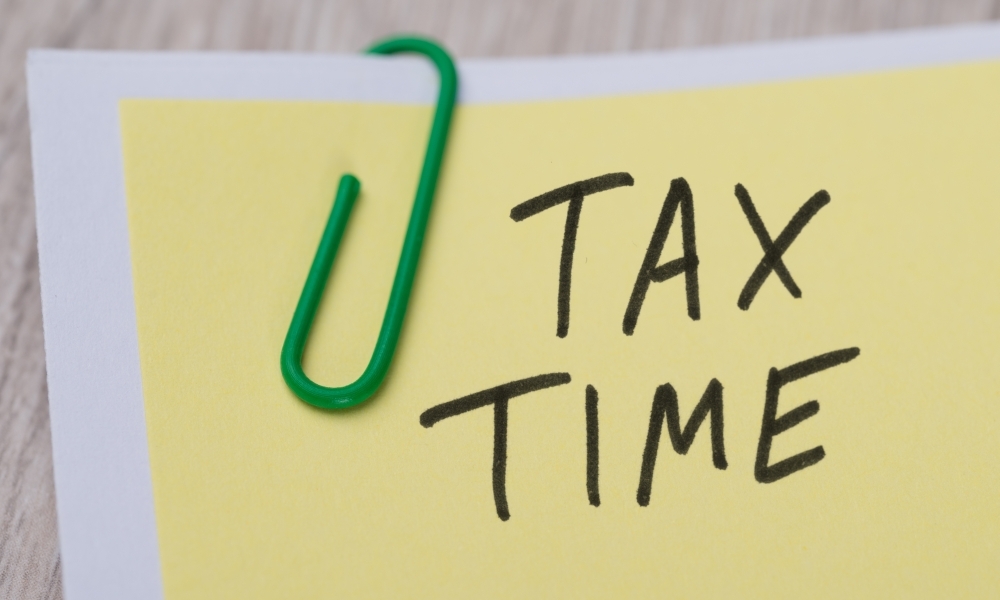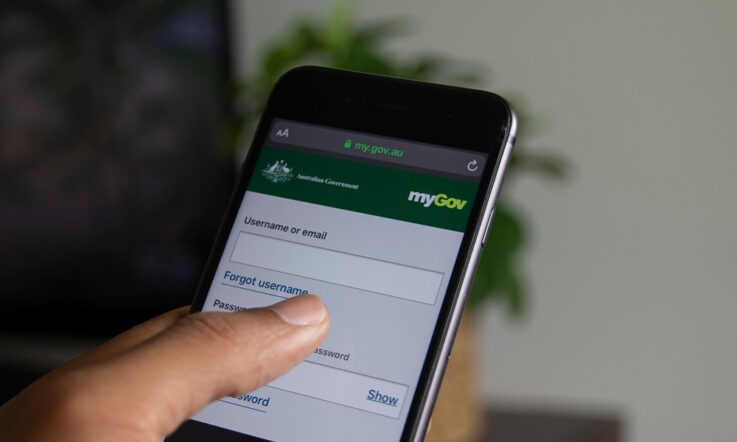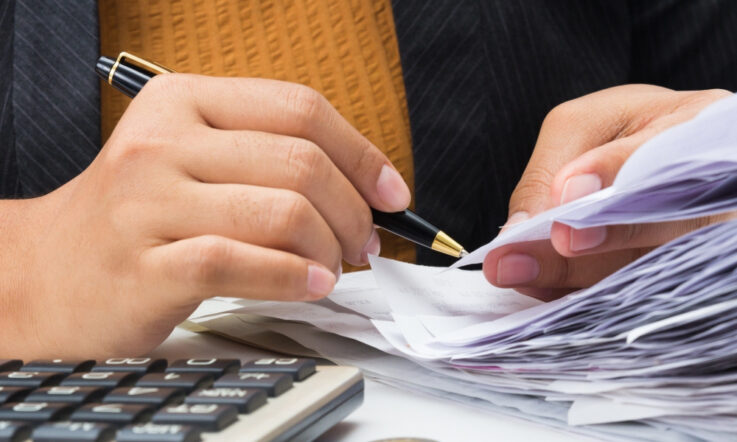Over the last 12 months, schools have continued to switch in and out of remote learning in response to COVID-19, with educators working from home.
As teachers and school leaders in Australia begin to prepare their 2020-21 tax returns, here’s our annual Q&A with the Australian Taxation Office (ATO) about what to keep in mind when calculating your expenses this year, and examples of what you can and can’t claim for.
This year has been another mix of remote and face-to-face teaching. At the time of publishing this article, Victoria is in another lockdown and, apart for certain students, schools have again switched to a period of remote learning. What tax claim options are there for educators working from home?
There are three methods to calculate your working from home expenses. The method you use will depend on your circumstances (you must meet the recording keeping requirements and criteria to use each method). The methods available for Tax Time 2021 are:
- Temporary shortcut method – an all-inclusive rate of 80 cents per work hour
- Fixed rate method – 52 cents per work hour which covers additional running expenses such as (electricity and gas for heating, cooling, lighting, cleaning and the depreciation of your home office furniture). You need to separately work out your phone and internet, computer consumables, stationery and depreciation on your computer, phone and any other devices you use for work.
- Actual cost method – the actual work-related portion of all your running expenses, which you incurred as a result of working from home.
For further information on working from home expenses see ato.gov.au/home
Are there any eligibility requirements teachers have to meet to claim working from home expenses?
As you can see from the above answer, there are three different methods you can use to calculate your working from home expenses. If you’re using the ATO temporary shortcut method to calculate your deduction, you don’t need a dedicated home office.
You can use the temporary shortcut method to calculate your deduction if you:
- were working from home to fulfil your employment duties and not just carrying out minimal tasks such as occasionally checking emails or taking calls
- incurred additional running expenses as a result of working from home.
To use the fixed rate method, you need to have a dedicated work area, such as a home office when you work from home.
You need to keep the required records for the method you use as well.
More information is available at ato.gov.au/home regarding eligibility requirements.
Teachers can claim the cost of seminars, conferences and training courses that relate to their work. Due to travel restrictions, lots of professional learning has gone online only – how has this affected what teachers can and can’t claim?
You can claim for the cost of seminars, conferences and training courses that relate to your work as a teacher or education professional.
If you completed the seminar, conference or training from your home, you can claim the hours spent doing this under the working from home methods noted above. Make sure you keep a record of the number of hours spent completing the training!
You can only claim travel expenses if you were required to travel for the work-related course. The costs you can claim includes fares to attend the venue where the seminar, conference or training course is held and registration costs. If you need to travel and stay away from home overnight to attend such an event, you can also claim the cost of accommodation and meals. Remember you can’t claim a deduction if your employer pays for or reimburses you for these expenses.
Lots of teachers spend time outdoors with students (meeting and greeting in the morning, playground duties, etc.). Can they claim for sunglasses, hats and other protective items such as sunscreen?
You can claim a deduction for the work-related use of sunglasses, sunhats and sunscreen lotions if you:
- work in the sun for extended periods
- use these items to protect you from the real and likely risk of illness or injury while at work.
For example, if you're the school sporting coach for track and field events, in addition to your teaching duties. This includes prescription sunglasses and anti-glare glasses.
You can only claim a deduction for the work-related use of the products; so, if you also wear them for private purposes, you will need to apportion your expenses.
So, we've mentioned some things already. What are some of the most common mistakes made by teachers and educational professionals when lodging their tax return?
Don’t fall into the trap of making these mistakes this tax time:
- You can’t claim the cost of gifts you buy for your students or any time you pay for their personal expenses (e.g. their lunch, excursion fees or school books).
- You can’t claim a deduction for self-education and study expenses, if your study is only related in a general way to your job, or is designed to help you get a new one.
- With a few exceptions, clothing is a private expense. You can't claim conventional clothing (including footwear) as a work-related expense, even if your employer requires you to wear it and you only wear these items of clothing at work. 'Conventional clothing' is everyday clothing worn by people regardless of their occupation – for example, business attire worn by teachers.
- Claiming a standard $300 deduction or $150 for clothing and laundry expenses. There is no such thing as an ’automatic’ or ‘standard deduction’. There are limited circumstances where receipts may not be required. You still need to calculate your claim on a reasonable basis, have spent the money and show the expense was related to earning your income. Don’t claim a standard $300 deduction if you haven’t spent the money and can’t explain what you spent the money on. Like conventional clothing, expenses incurred for laundering these clothes is private and is not deductible.
- Before claiming any work-related expense, make sure it meets the three golden rules:
1) You must have spent the money yourself (and you weren’t reimbursed);
2) The expense must directly relate to earning your income;
3) You must have a record to prove it (usually a receipt).
- You need to keep records for your claims. If you feel like you’re always scrambling to find your receipts when tax time rolls around, do yourself a favour, and track your expenses using the myDeductions tool in the ATO app. Just snap a photo, add a couple of details and your record keeping is complete! Avoid the last minute struggle and download the ATO app today.
The ATO compares your deductions to others in your industry earning similar income. If your claim is unusually high, you may receive notification when lodging your return that your deductions are higher than those in a similar circumstance. We will then ask you to review your claims to make sure you have reported them correctly.
Use the occupation guide for teachers to help you identify the types of work related expenses you might be able to claim.
And, what about the common things that teachers are eligible to claim for, that are often missed?
- Teachers are often generous people – gifts and donations can be claimed if it is given to an endorsed deductible gift recipient (DGR). A DGR is an organisation or fund that can receive tax deductible gifts and is registered with the Australian Charities and Not-for-profits Commission (ACNC). Not all charities or causes, such as crowdfunding campaigns to help needy individuals, are registered DGRs.
- You can claim a deduction when you drive between alternate workplaces for the same employer on the same day (e.g. from your school to another school to supervise an exam).
- You can claim a deduction for costs incurred when taking students on excursions, camps, educational and sporting trips if these trips have an educational benefit related to the curriculum or extracurricular activities of the school.
The ATO website has a dedicated tax page for teachers and education professionals, which includes an A to Z list of deductions.



